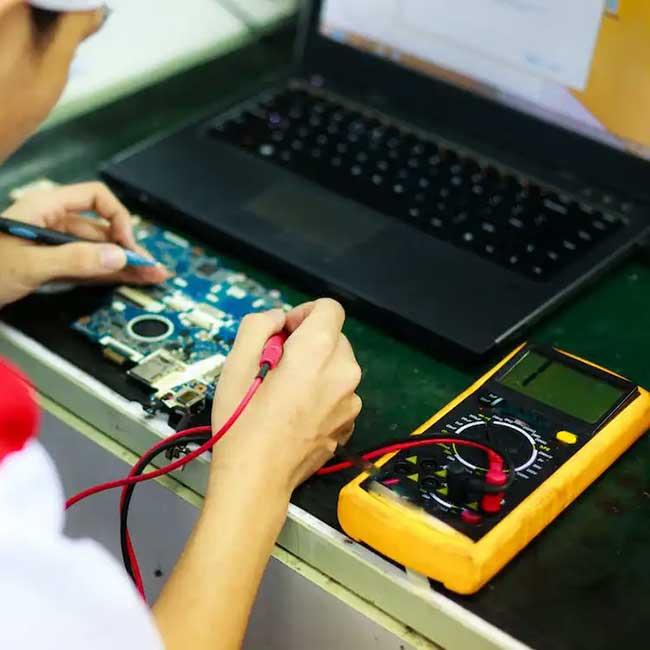Table of Contents
How to Build Your Own Lithium Battery Pack for DIY Projects
Building your own lithium battery pack is a great way to power your DIY projects. With the right materials and tools, you can create a reliable and efficient power source for your projects. This guide will provide you with the steps necessary to build your own lithium battery pack.| Series | Lithium Voltage | LiFePO4 Voltage |
| 1S | 3.7V | 3.2V |
| 2S | 7.4V | 6.4V |
| 3S | 11.1V | 9.6V |
| 4S | 14.8V | 12.8V |
| 5S | 18.5V | 16V |
| 6S | 22.2V | 19.2V |
| 7S | 25.9V | 22.4V |
| 8S | 29.6V | 25.6V |
| 9S | 33.3V | 28.8V |
| 10S | 37V | 32V |
| 11S | 40.7V | 35.2V |
| 12S | 44.4V | 38.4V |
| 13S | 48.1V | 41.6V |
| 14S | 51.8V | 44.8V |
| 15S | 55.5V | 48V |
| 16S | 59.2V | 51.2V |
| 17S | 62.9V | 54.4V |
| 18S | 66.6V | 57.6V |
| 19S | 70.3V | 60.8V |
| 20S | 74V | 64V |
| 21S | 77.7V | 67.2V |
| 22S | 81.4V | 70.4V |
| 23S | 85.1V | 73.6V |
Understanding the Safety Risks of DIY Lithium Battery Pack Construction
The construction of lithium battery packs is becoming increasingly popular among hobbyists and do-it-yourself (DIY) enthusiasts. While the process of building a custom battery pack can be rewarding, it is important to understand the safety risks associated with this activity. This article will analyze the potential safety hazards of DIY lithium battery pack construction and provide guidance on how to mitigate them. The most significant safety risk associated with DIY lithium battery pack construction is the potential for a fire or explosion. Lithium-ion batteries are highly flammable and can ignite if they are mishandled or damaged. This is especially true when multiple cells are connected in a battery pack, as the increased current can cause the cells to overheat and ignite. To reduce the risk of a fire or explosion, it is important to use cells that are designed for the application and to ensure that the cells are properly connected and insulated. Another safety risk associated with DIY lithium battery pack construction is the potential for short-circuiting. If the cells are not properly insulated, they can come into contact with each other and cause a short circuit. This can lead to an increase in current, which can cause the cells to overheat and potentially ignite. To reduce the risk of short-circuiting, it is important to use high-quality insulation materials and to ensure that the cells are properly spaced and secured. Finally, it is important to be aware of the potential for chemical exposure when constructing a lithium battery pack. The cells contain a variety of chemicals, including lithium, which can be hazardous if inhaled or ingested. To reduce the risk of chemical exposure, it is important to wear protective clothing and a respirator when handling the cells.
In conclusion, DIY lithium battery pack construction can be a rewarding experience, but it is important to understand the safety risks associated with this activity. By following the guidance outlined in this article, hobbyists and DIY enthusiasts can reduce the risk of a fire or explosion, short-circuiting, and chemical exposure.
Finally, it is important to be aware of the potential for chemical exposure when constructing a lithium battery pack. The cells contain a variety of chemicals, including lithium, which can be hazardous if inhaled or ingested. To reduce the risk of chemical exposure, it is important to wear protective clothing and a respirator when handling the cells.
In conclusion, DIY lithium battery pack construction can be a rewarding experience, but it is important to understand the safety risks associated with this activity. By following the guidance outlined in this article, hobbyists and DIY enthusiasts can reduce the risk of a fire or explosion, short-circuiting, and chemical exposure.





